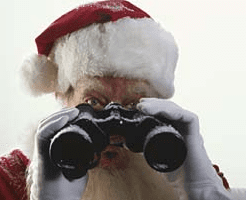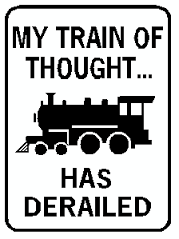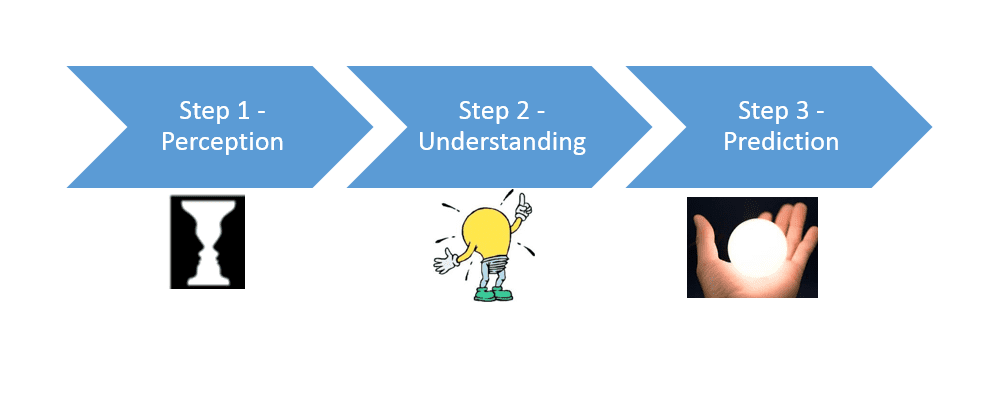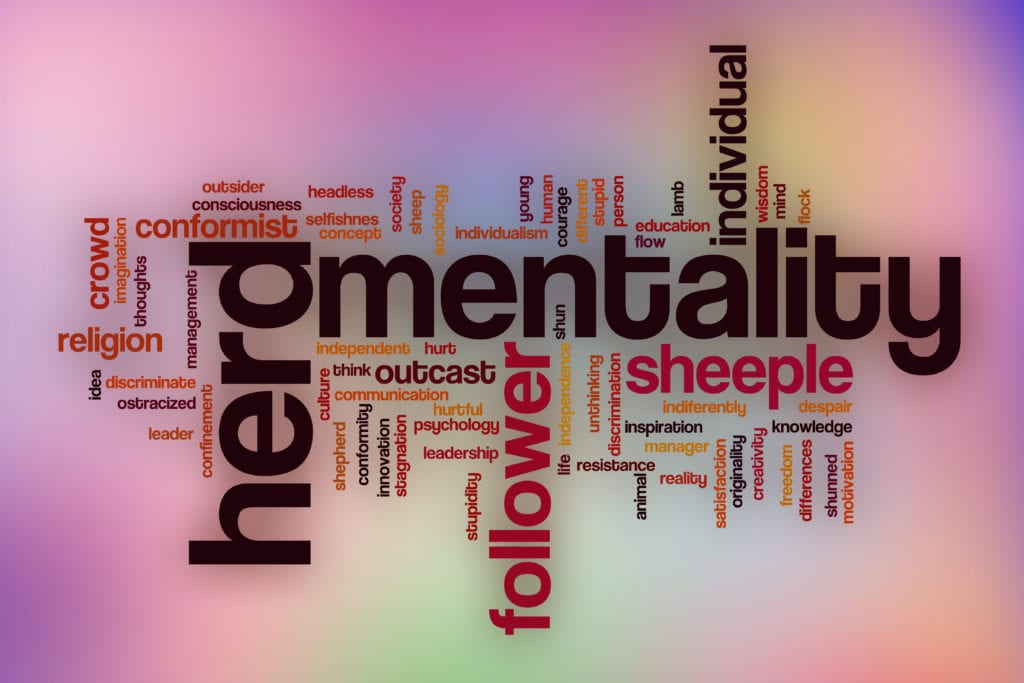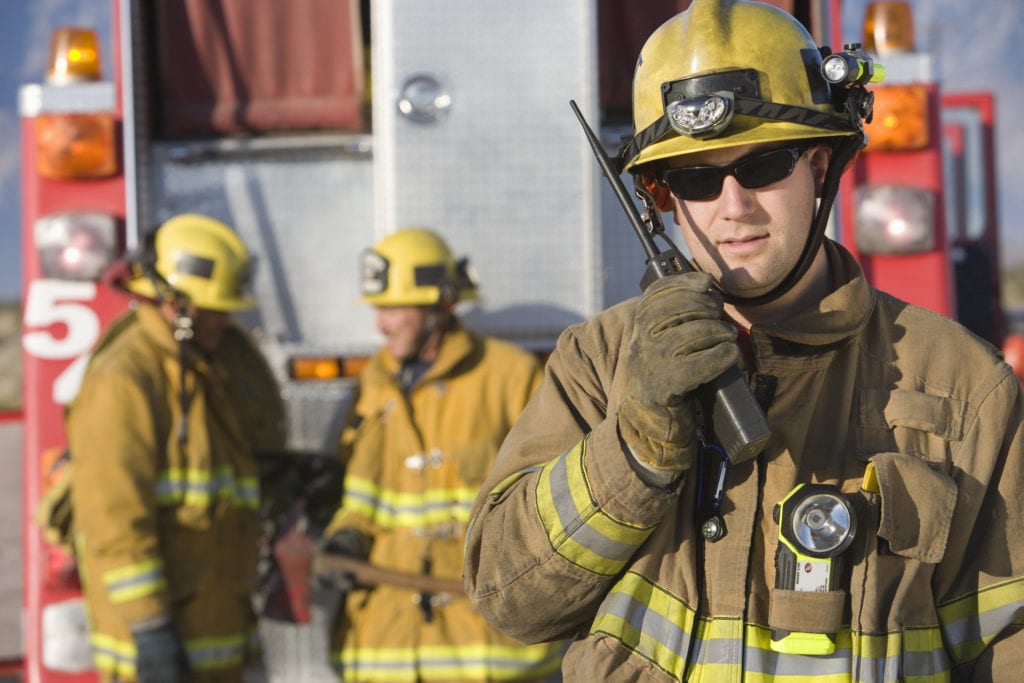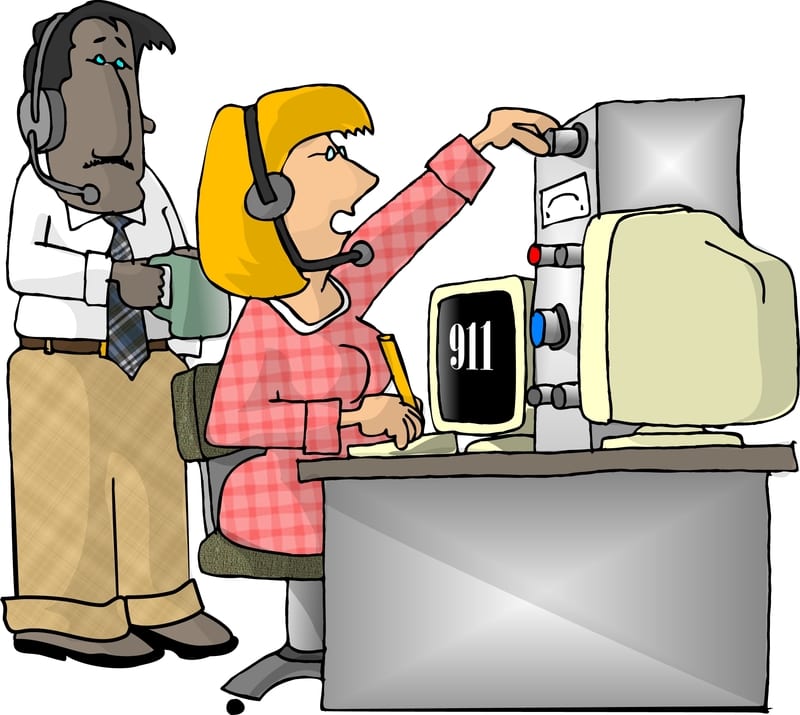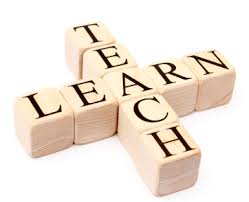Twelve Ways to Situational Awareness
Ho, Ho, Ho. Merry Christmas everyone! With Thanksgiving day in the past, it is officially the Christmas season! I know everyone’s feeling particularly festive this time of year and I have caught the Christmas spirit in a very situational awareness sort of way. Surely you’ve heard of the “Twelve Days of Christmas.” -You know – […]
Twelve Ways to Situational Awareness Read More »

